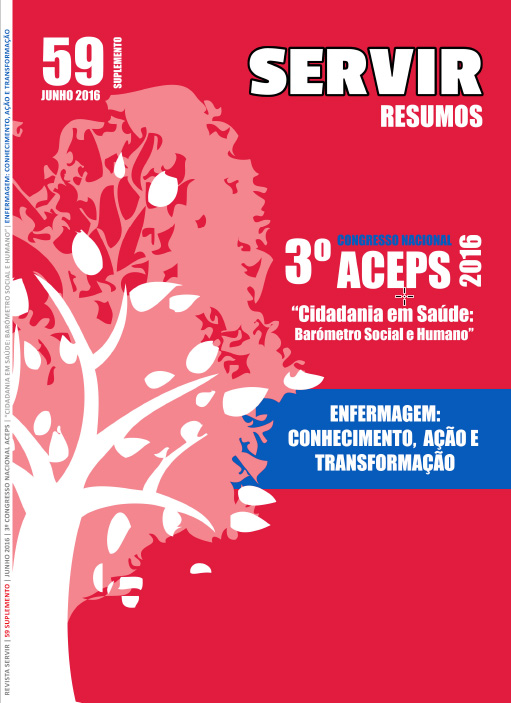Determinants of the health professionals’ perception on the rehabilitation programs adherence
DOI:
https://doi.org/10.48492/servir0259.23197Keywords:
Perception, Health professionals, Adherence, Rehabilitation programsAbstract
Introduction
Adherence to rehabilitation programs is nowadays a source of crosscutting concerning to all health professionals. With time, users have no longer a passive role in medical prescriptions, now they have an individual responsibility for their health status and disease’s control. However, the rate of failure is still particularly high.
Objectives
To determine the influence of sociodemographic determinants and labor context in the perception of health professionals on the rehabilitation programs adherence.
Methods
A quantitative, cross-sectional, descriptive and correlational research was carried out. It was set a non-probabilistic sample of 98 health professionals mostly were female (58.16%) with a mean age of 39.80 years old (SD = 9.96). The data collection instrument incorporated a form of socio-demographic and professional classification, and the scale to the perception of adherence was measured and validated for the Portuguese population.
Results
The perception score of health professionals on the rehabilitation programs adherence is 6.48, a value above the average. The health professionals who tend to have a greater perception of the rehabilitation programs adherence are: (i) female; (Ii) generally work with users with cardio-respiratory and neurological pathologies; (iii) and are mostly nurses. Other variables that showed a statistically significant effects and with a direct sense on the perception of health professionals on the rehabilitation programs adherence were the length of professional experience, their age, working hours and the level of academic training.
Conclusions
The evidence allows us to understand the need that all health professionals still have to develop strategies that enhance the patient’s adherence to rehabilitation programs, focusing their attitude in effective and cross- sectional methods, implying a direct connection to the patient. We propose continuous training courses for health professionals as well as awareness-raising campaigns to the community. Considerations on a more suitable and profitable school curricula courses could also potentially provide relevant contributions to the solution of this problem.
Downloads
Downloads
Published
How to Cite
Issue
Section
License
In order to promote the free circulation of knowledge, Servir is open access journal. All its content is available and protected under the Creative Commons license (CC BY 4.0).
The journal allows self-archiving in institutional repositories of all versions, which may become immediately available


